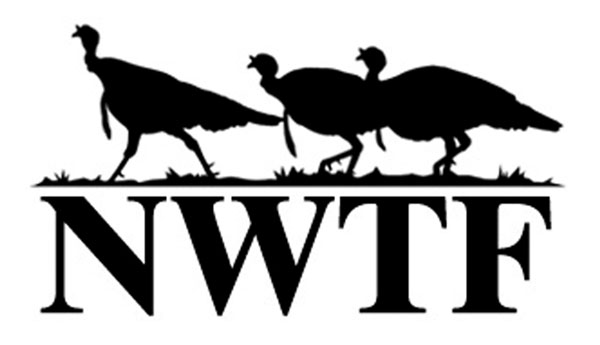
As part of its 2023 investment in wild turkey research, the National Wild Turkey Federation (NWTF) is helping fund state-of-the-art research that integrates multiple data sources – a first-of-its-kind approach in wild turkey management–to provide wild turkey managers with a more accurate picture of population abundance across the country.
In 2019, a report in Science made headlines worldwide, stating that North America’s bird population had decreased by 3 billion birds since the 1970s. Researchers deciphered this staggering number using advanced statistical methods integrating wide-ranging data sources, including multiple annual bird censuses, historical data and even weather radar data that can quantify migratory birds. Now, researchers at the University of Florida want to take a similar approach with wild turkeys, painting a clearer picture of wild turkey abundance across the country.
“Currently, there are few methods to reliably estimate wild turkey abundance, meaning that managers and practitioners often rely on indices, such as poults per hen and hunter harvest, to track trends in populations,” said Corey Callaghan, Ph.D., assistant professor of global ecology at the University of Florida. “Our approach will utilize these indices as well as multiple large-scale datasets to develop a method to estimate wild turkey abundance at multiple spatial scales, which will benefit state agencies in decision-making processes.”
Callaghan, along with colleagues Carolina Baruzzi, Ph.D., and Marcus Lashley, Ph.D. will develop models to estimate wild turkey populations at local-to-national scales, incorporating multistate data from various sources, such as citizen reporting programs like iNaturalist and eBird, as well as camera traps, hunter effort, telemetry studies and survival data, among others.
“Data integration of abundance is a cutting-edge statistical technique that is just beginning to be employed broadly,” Callaghan said. “These models will be used to estimate the trajectory of turkeys over the previous decade and predict future population changes.”
And while the research aims to paint a clearer picture of wild turkey populations, both on a local and national scale, Callaghan and team plan on applying these methods in Florida – combining data of wild turkeys from across the state – to specifically analyze the importance of habitat connectivity and the Florida Wildlife Corridor to wild turkeys.
“The importance of connectivity in dictating population productivity is commonly overlooked, yet commensurate with wild turkey declines has been habitat loss and fragmentation,” Callaghan said. “Understanding the role connectivity plays is fundamental to understanding how to strategically implement habitat restoration programs.”
One program that will benefit from Callaghan’s research is the Wild Turkey Cost-Share Program, a collaborative endeavor between the Florida Wildlife Commission, NWTF and partners across Florida that annually contributes over $2 million to wild turkey habitat enhancements.
Findings from the new research could provide insight in to where and what specific management practices are needed most.
Callaghan predicts to have results for new national abundances as well as the habitat connectivity data published by 2025, potentially in time for the next National Wild Turkey Symposium.
“There is a lot of data to consolidate and work to be done, but we are pretty excited about the prospects of this project,” Callaghan said. “This could be a game-changer for understanding wild turkey populations and tracking whether they are increasing or decreasing.”
This project is one of 10 new research projects across nine states the NWTF is funding, with $582,374 invested among these vital projects. These projects are part of a nearly $9 million investment into wild turkey research in 2023, supported by the NWTF, its state chapters and its partners.
A humble homesteader based in an undisclosed location, Lars Drecker splits his time between tending his little slice of self-sustaining heaven, and bothering his neighbors to do his work for him. This is mainly the fault of a debilitating predilection for fishing, hunting, camping and all other things outdoors. When not engaged in any of the above activities, you can normally find him broken down on the side of the road, in some piece of junk he just “fixed-up.”
